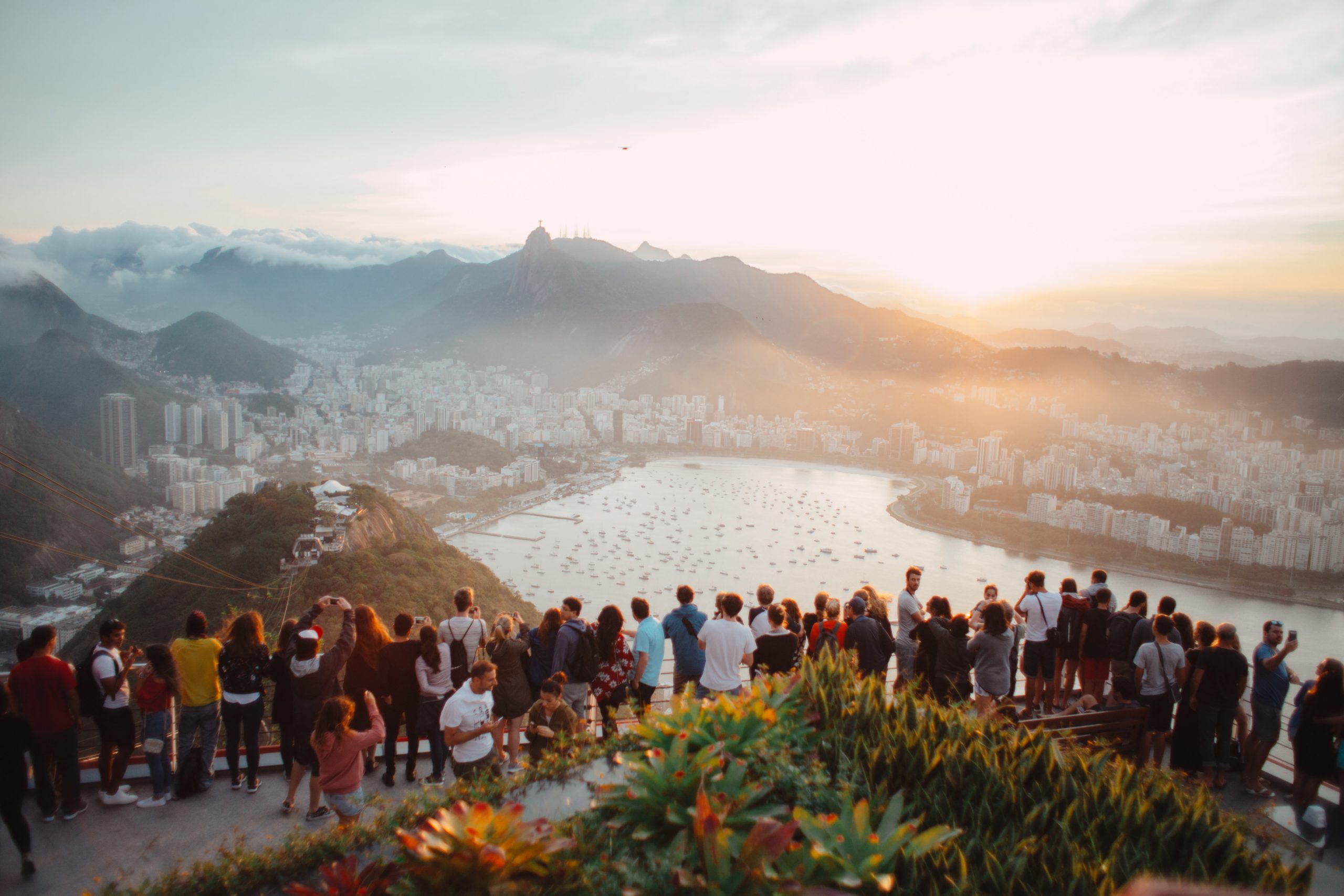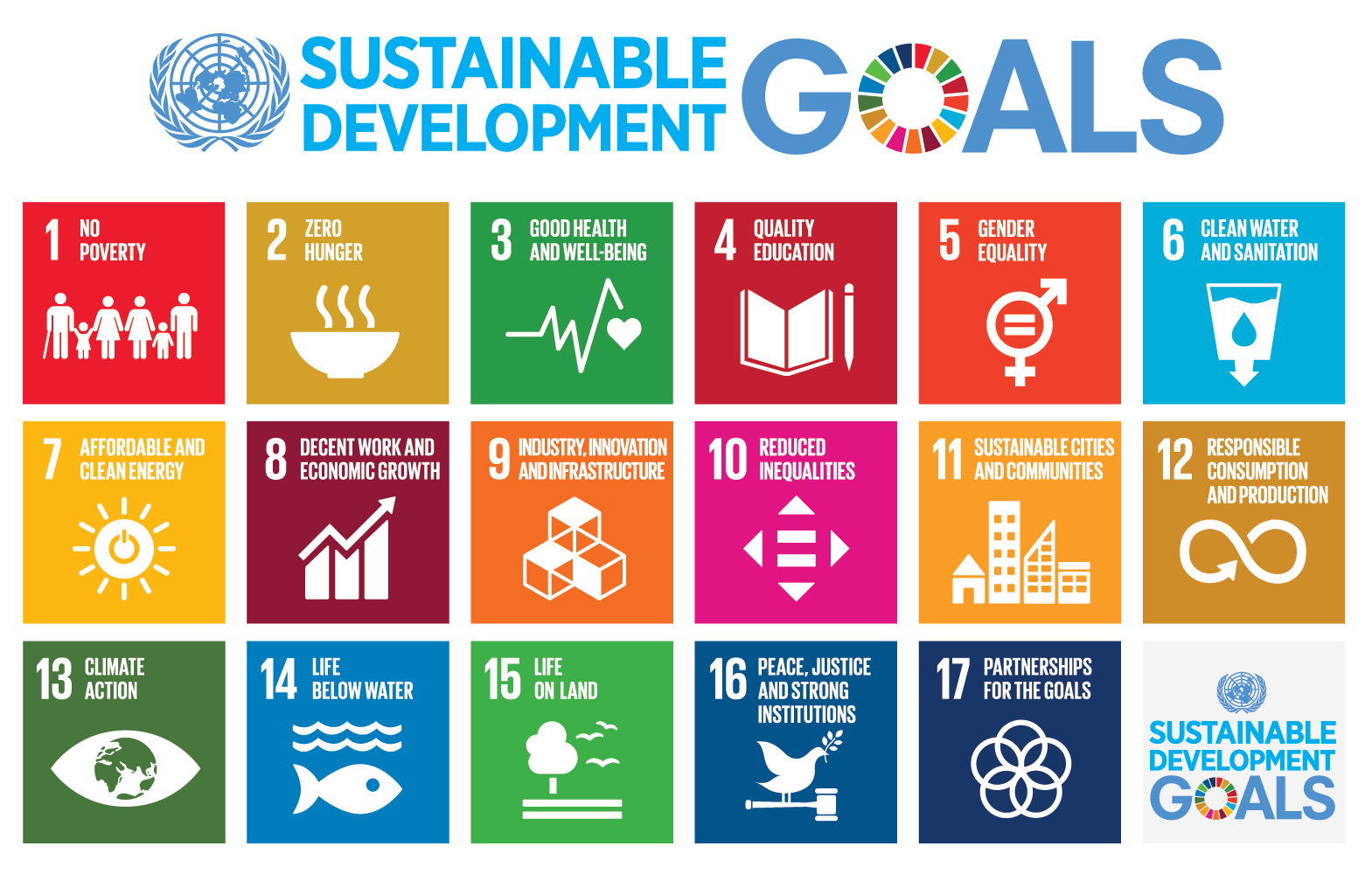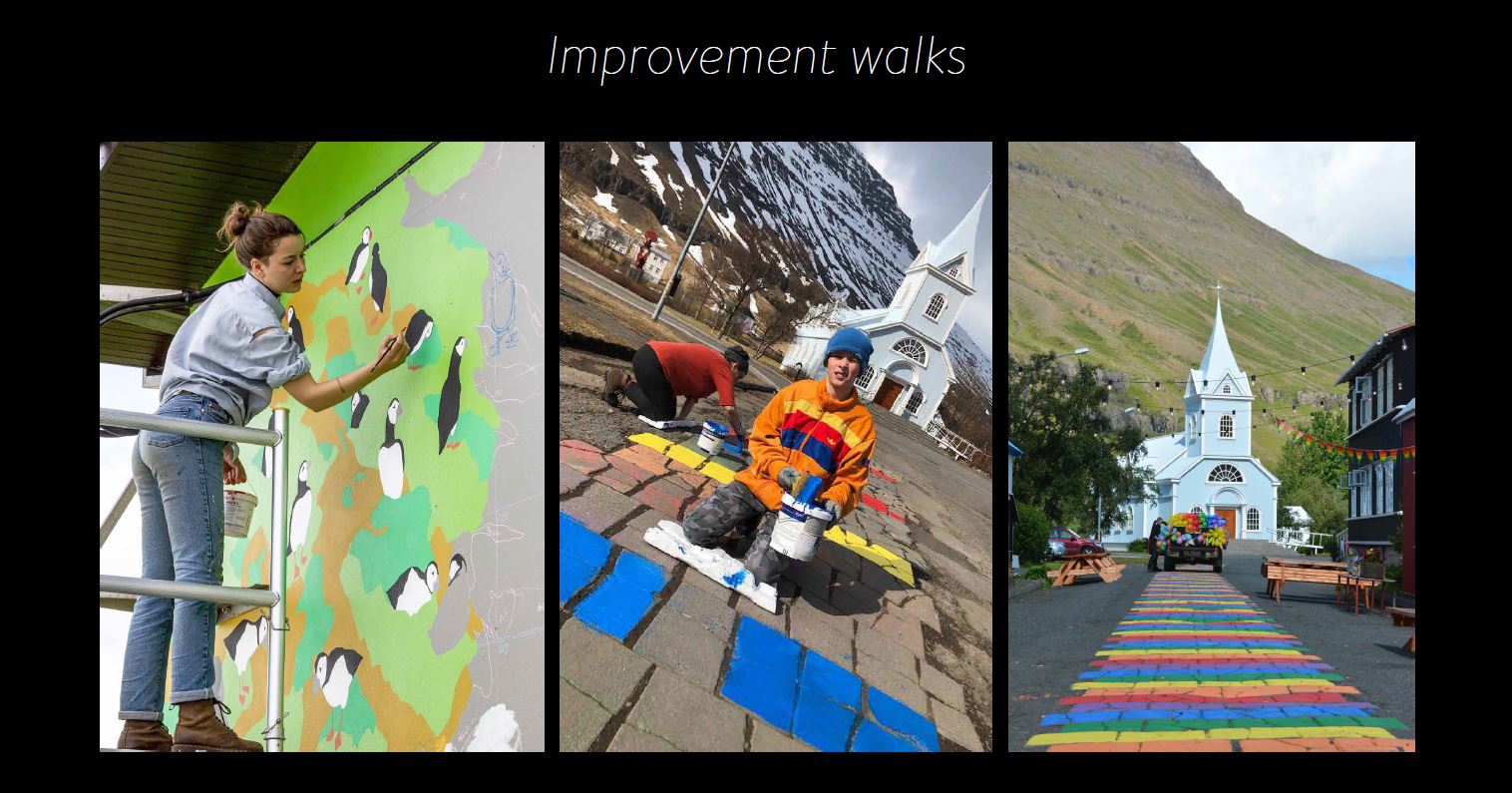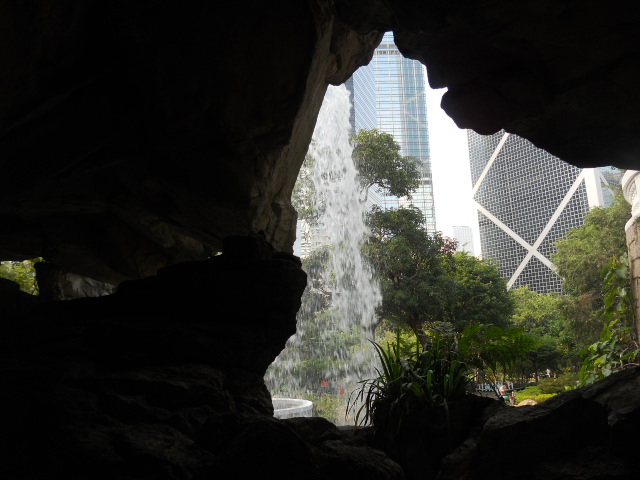
How overtourism could be prevented via green digital advertising?
Have you visited a destination that has “lost its magic” due to the crowds there? Authenticity as well as the quality of life of residents has been in danger since overtourism started to eat capacities of the destinations. Overtourism is referred to as “loving places to death”². Three decades ago, Venice was home to over 120 […]

How technology can contribute to more sustainable future of tourism?
The economic importance of tourism globally is recognized. It creates jobs and some places are dependent on it. In recent years its impacts and development have been discussed although these tend to stay behind the focus on the economic benefits. Tourism has negative environmental and socio-economic impacts, and the industry needs to find a balance […]

Digital Tourism Think Tank 2019 – Day 1
#DTTT 2019 What did I learn? I had a great possibility to participate in Digital Tourism Think Tank Global 2019 on 4rd and 5th of December, which this year took place in Espoo. DTTT Global is, in my opinion, one of the most interesting conferences as it gathers a bunch of tourism DMO’s and […]

Complexity of academic research
To understand the world I’ve started my university (academic research) studies this autumn. I´m 32 years old, and I like my age. At least for me, the somewhat life experience gives a better feeling in this rather complex overall feeling that I am having at the moment. I will get back to this later. I’ve […]